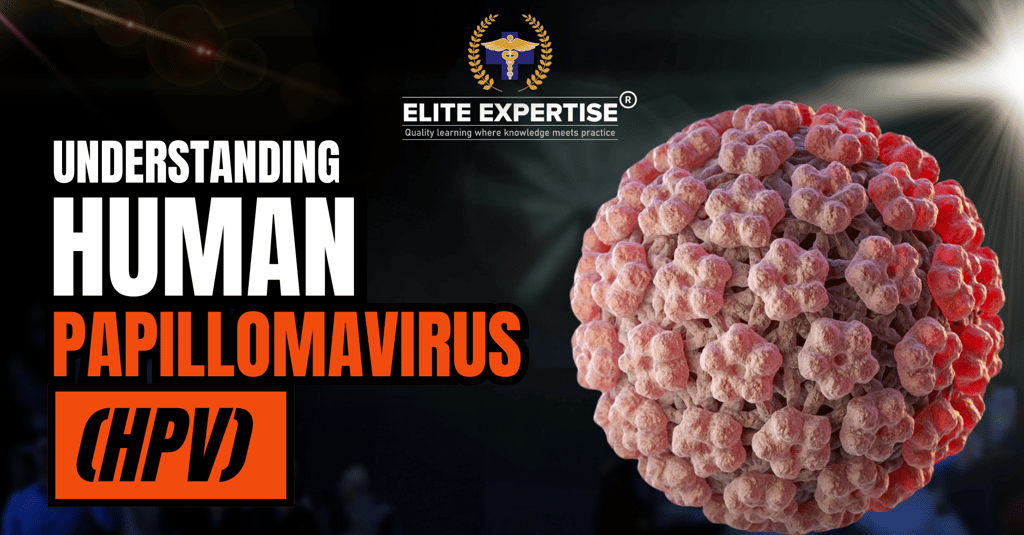ASK MY PHARMACIST | GOT QUESTIONS? Your pharmacist has answers. Click Here
Understanding HPV: What You Need to Know
HPV, or Human Papillomavirus, is a viral infection transmitted primarily through skin-to-skin contact, particularly sexual activity.
Arief Mohammad
12/2/20244 min read


Human Papillomavirus (HPV) is one of the most common viral infections, with over 100 different strains affecting both men and women. Though often overlooked due to its mild or invisible symptoms, HPV can have serious health consequences if left untreated, including various cancers. In this blog, we’ll delve into the different types of HPV, how it’s transmitted, its symptoms, diagnosis, treatment options, and ways to prevent it. Let’s take a closer look at the essential facts about HPV to better understand its impact on health.
What is HPV?
HPV, or Human Papillomavirus, is a viral infection transmitted primarily through skin-to-skin contact, particularly sexual activity. It is most commonly linked to genital warts and can also contribute to the development of several types of cancer, including cervical, anal, and throat cancers. While some HPV types cause no symptoms and clear up on their own, others can have long-term consequences if not detected and managed early.
Types of HPV
Low-risk HPV: These strains, such as types 6 and 11, are typically responsible for causing genital warts. Although not life-threatening, they can cause discomfort and require treatment for removal.
High-risk HPV: This category includes strains like HPV types 16 and 18, which are linked to cancers of the cervix, vulva, vagina, anus, penis, and throat. These strains may remain in the body undetected for years before causing abnormal cell changes that can lead to cancer.
How is HPV Transmitted?
HPV spreads mainly through direct skin-to-skin contact, which can occur during vaginal, anal, or oral sex. It can also spread through genital contact, even without penetration. This means that people who have HPV may unknowingly pass the virus on to their partners, even if they don't have visible symptoms like warts.
Symptoms of HPV
Most people infected with HPV don’t experience any symptoms, making it difficult to know if you’re carrying the virus. In fact, the body often clears the infection on its own within two years. However, for those who develop symptoms:
Genital warts: These appear as small, flesh-colored or grey growths on the genital, anal, or mouth areas.
Abnormal Pap smear results: These can indicate the presence of high-risk HPV strains and abnormal cell changes, which, if left untreated, may lead to cancer over time.
How is HPV Diagnosed?
While there’s no routine test for HPV in men, women can be tested for HPV and cervical changes:
Pap smear: This test looks for abnormal cell changes in the cervix that could lead to cancer.
Understanding HPV: What You Need to Know
s high-risk HPV strains, especially in women aged 30 and above.
Colposcopy: If a Pap smear shows abnormal results, a colposcopy may be performed to examine the cervix more closely.
Visual inspection: In some cases, a doctor may use acetic acid (vinegar) to highlight abnormal areas on the cervix or genital region.
Treatment for HPV
Currently, there is no cure for HPV itself. However, there are treatments for the health issues caused by HPV:
Genital warts: Treatments like cryotherapy (freezing), laser therapy, or topical treatments can remove warts.
Precancerous cell changes: If high-risk HPV leads to abnormal cells on the cervix, treatment options include LEEP (Loop Electrosurgical Excision Procedure), cryosurgery, or cone biopsy to remove the abnormal tissue.
It’s important to note that while treatments can remove warts or abnormal cells, they don’t cure the underlying HPV infection. The virus can remain dormant in the body and reactivate later.
Preventing HPV
While there’s no guaranteed way to avoid HPV entirely, there are several measures you can take to reduce your risk:
Vaccination: The HPV vaccine is highly effective at preventing infections from the most dangerous types of HPV, including those responsible for most cervical cancers. The vaccine is recommended for both boys and girls starting at age 11-12, but it can also benefit older individuals.
Regular screenings: For women, regular Pap smears (starting at age 21) can catch abnormal cell changes early, preventing the development of cancer.
Condom use: Condoms can reduce the risk of HPV transmission, though they don’t provide complete protection because they don’t cover all areas of possible contact.
Communication with partners: It’s essential to have open discussions with sexual partners about sexual health, including potential HPV exposure.
The Outlook: Living with HPV
The good news is that in most cases, HPV clears up on its own within a couple of years. However, high-risk strains require ongoing monitoring due to their potential to cause serious health problems, such as cancer. Regular screenings and follow-up appointments with your healthcare provider are key to catching any precancerous changes before they develop into cancer.
If you’ve been diagnosed with HPV or experience symptoms like genital warts, it’s important to seek medical advice. Early detection and treatment can help manage the virus and prevent complications.
Conclusion
HPV is a common but often misunderstood virus that affects millions of people worldwide. While it can cause serious health problems like cancer, regular screenings, vaccinations, and safe sexual practices can significantly reduce risks and improve health outcomes. If you have HPV, take the necessary steps to monitor and manage the infection with the help of your healthcare provider. By staying informed, you can take proactive measures to protect your health and that of your loved ones.
Similarly, pursuing a pharmacy career requires the right preparation and guidance. Whether you're preparing for the OPRA pathway in Australia or the PEBC exam in Canada, Elite Expertise offers the support and resources needed to help you succeed in your professional journey. Proactive steps in both health and career development lead to long-term success.
Follow Us
+91 76750 84909
Privacy Policy | © 2025 Elite Expertise . All Rights Reserved.
ELITE EXPERTISE PTY. LTD (ABN: 15668292439) (ACN: 668292439)
Australian Statutory Education License: OPP 2025 ELITE EXPERTISE PTY. LTD
Disclaimer
Elite Expertise is an online education platform dedicated solely to providing coaching and preparation services for the OPRA, PEBC, PSI and PTE exams. We do not offer any sponsorship or migration services. All information provided on our platform is for educational purposes only and should not be interpreted as legal or immigration advice. For inquiries regarding sponsorship, visa applications, or migration services, please consult with licensed immigration professionals or relevant authorities.
Elite Expertise is a trusted and results-driven training platform specializing in preparation for international pharmacist licensing exams. Our comprehensive courses, expert instructors, and proven methodologies have helped countless pharmacy professionals achieve their goals and succeed in competitive regulatory exams. We are proud of our strong success rate and commitment to excellence.
Elite Expertise is an independent training provider. We are not affiliated with any global pharmacy regulatory authorities or official exam-conducting bodies.
Copyright © 2025 Elite Expertise. All rights reserved.
Address
Unit 1/73 Beverley St, Doncaster East VIC 3109, Australia
